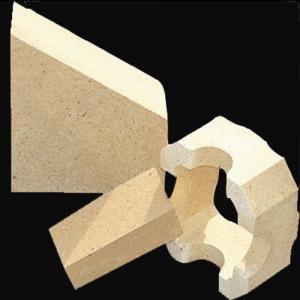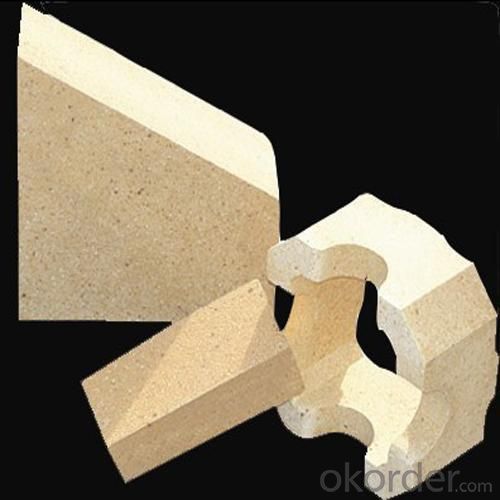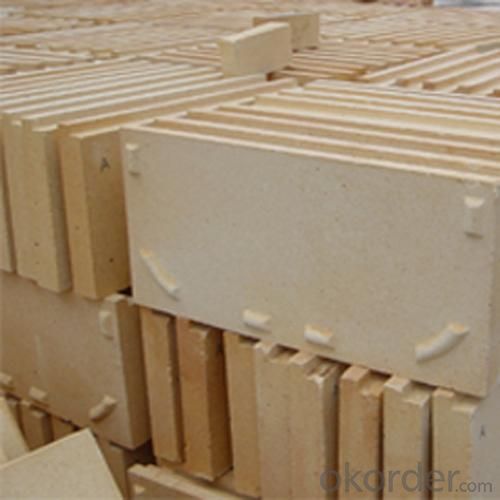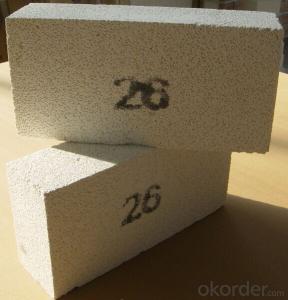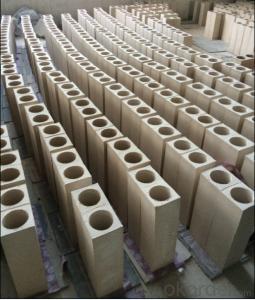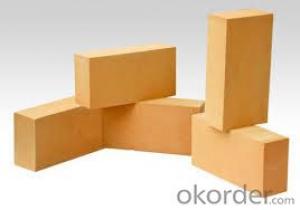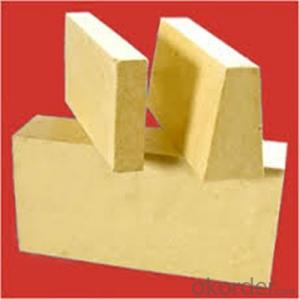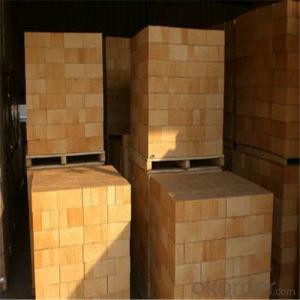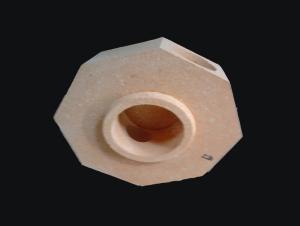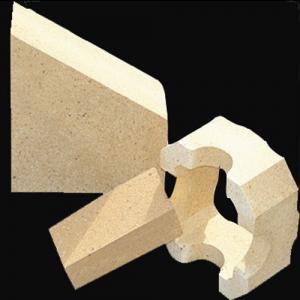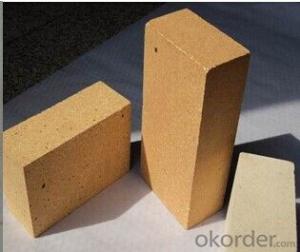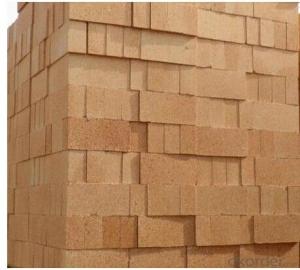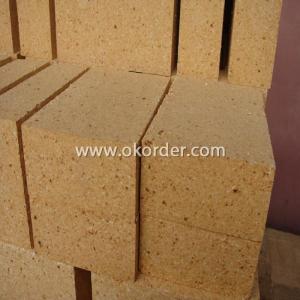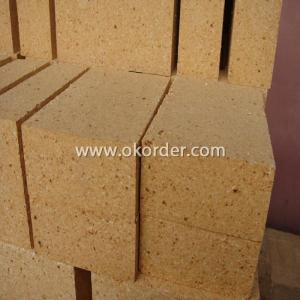Fireclay Brick SG15 - Low Porosity
- Loading Port:
- China Main Port
- Payment Terms:
- TT or L/C
- Min Order Qty:
- 5 ton m.t
- Supply Capability:
- 1000 Tons Per Month m.t/month
OKorder Service Pledge
OKorder Financial Service
You Might Also Like
General Information of Low Porosity Fireclay Brick SG15
Our corporation produces a comprehensive range of Low Porosity Fireclay bricks, with 30% to 55% alumina content, all of these bricks exhibit excellent performance.
Our Low Porosity Fireclay bricks are the final result of blending excellent calcined flint clay and calcined bauxite, with cutting-edge technology, adding superfine powder, after mixing, drying, forming, in the high temperature shuttle kiln. We ensure you that the Fireclay Bricks made by us possess high quality standard and have gone through all the complicated quality control parameters. Their durability and strength adds life to the structure and they have the capacity of bearing high temperature.
Technical Data of Low Porosity Fireclay Brick SG15 | ||
Physical Properties: | ||
Refractoriness | ℃ | 1750 |
Permanent Linear Change(1400℃×2h)% | % | -0.2~0 |
Apparent Porosity, % | % | ≤15 |
Cold Crushing Strength | Mpa | ≥60 |
Refractoriness Under Load (T0.6) | ℃ | 1450 |
Thermal Expansion at 1000℃, | % | - |
Density | g/cm3 | ≥2.3 |
Chemical Analysis: |
|
|
Al2O3 | % | ≥42 |
Fe2O3 | % | ≤1.65 |
Note: | ||
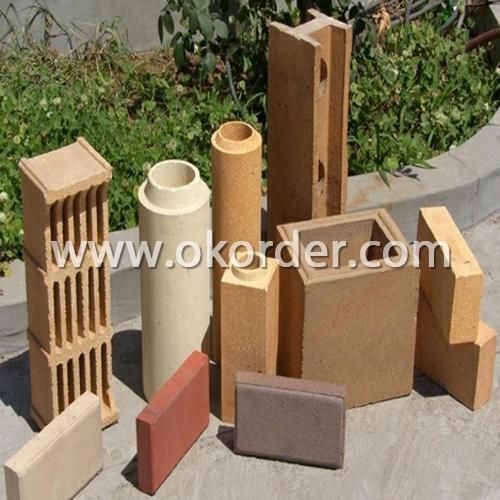
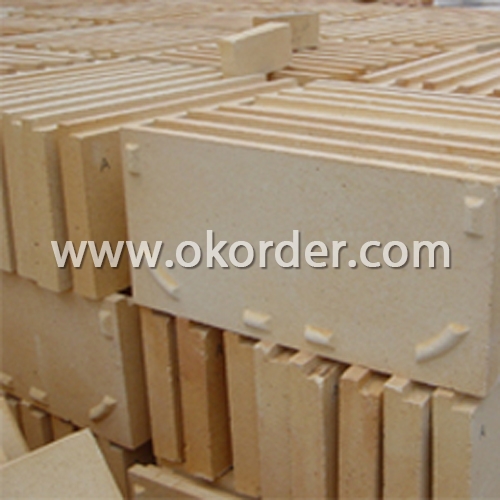
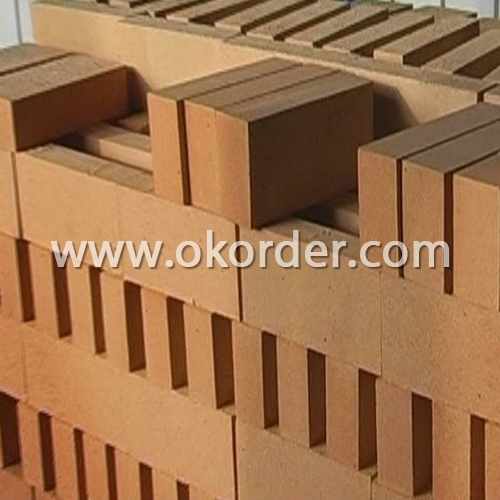
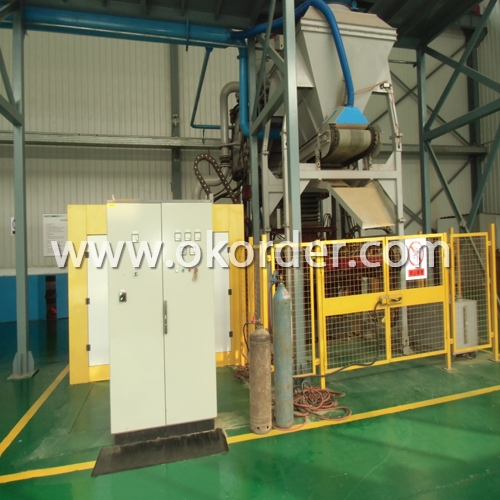
Feature of Low Porosity Fireclay Brick SG15
Resistant to thermal shock, abrasion, chemical attack
High ability for anti-abrasion during work
Low shrinkage degree under high temperature so as to maintaining integrity of the furnace lining
Low apparent porosity, and low Fe2O3 content to reduce the carbon deposit in the blowhole and avoid the bricks broken in case of expansion
Applications of Low Porosity Fireclay Brick SG15
Low Porosity Fireclay Brick SG15 is mainly used in glass furnace.
- Q: What are the differences between high alumina brick and high alumina refractory brick?
- High alumina brick is generally the national standard T-3 models, high alumina refractory brick is brick with more than 55% of aluminum content including special-shaped brick.
- Q: What are the differences between diatomite?brick and ordinary refractory bricks?
- The volume density of diatomite brick is 3.9 * 10-6, good compressive strength, belongs to the small outer insulation, spinel brick.
- Q: How to test the various components of the refractory brick?
- If you want to know the chemical?compound components, you can do the analysis of meteorological chromatography, and then testing, if you just want to detect contents of elements, you can do a XRF, but you should smash, grind and homogenize the refractory bricks. The specific operation process is not convenient to describe in detail, that is, X ray diffraction, through X ray fluorescence analysis, you can know that the elements and contents contained in it, if you want to understand its internal structure, you can also do a XRD
- Q: What's the difference between a high aluminum brick and a clay brick, two?
- Lightweight high alumina bricks are usually made of high alumina bauxite clinker with a small amount of clay. After grinding, the bricks are poured and shaped in the form of slurry by gas or foam method. They are fired at 1300~1500 DEG C. Sometimes industrial alumina can be used instead of some bauxite clinker. Used for lining and insulation of masonry kilns, as well as for areas where there is no strong, high temperature molten material erosion and erosion. When contacting the flame directly, the surface contact temperature shall not be higher than 1350 degrees centigrade.
- Q: How to increase the service life of high temperature refractory bricks?
- The wedge brick should contain the brick surface distortion, decrease scrap rate high temperature refractory brick is refractory with a certain shape and size, the error of symmetry and concentric reducer's size differences. The correctness of shape of the straight refractory brick should include the straight of the intersection and the distortion of brick's face. Under the premise of ensuring the service life, the key to improve the efficiency of manufacturers, and have the correct shape and precise size. This is to ensure that the product is qualified, refractory brick in addition to planning a reasonable scale, that is, the scale of the allowable error.
- Q: What to do if refractory bricks saltpeter when they are used outdoor
- Efflorescence is usually dialysised from brickwork joints, dealing with the gap is ok These white substaince inside the pan tile: Cement efflorescence efflorescence is wow cake section from light leather intestinal common disease inumiya Hua building surface, according to their different causes and manifestations, there is pan cream, white, whitening, cream, on the walls and decorative surface erosion and other names, is the change of soluble saline alkali soil, adobe, brick, cement, mortar, concrete, masonry, ceramic tile, paint and other building materials with temperature, humidity and other external environment, in a water absorption, water transfer, water evaporation process with physical and chemical changes of the original building material damage disease phenomenon, erosion degree also has the very big difference there is a common, get damp, foaming, powder, drum, hollowing, cracking, spalling, mildew and crystallization phenomenon. Cement efflorescence may have some relationship with the quality of the cement, sand, water, air, temperature, humidity, it is a common fault in building. Use cement to do the pebble shape, it also prones to the above problems: A layer of white stuff on the surface. Terms of settlement: Scrape the dust in brickwork joint, pointing again. Use special pointing agents, more resistant to corrosion, not easy to efflorescence.
- Q: How are shale porous bricks and clay porous bricks distinguished?
- Weathering resistance is better than clay brickDue to differences in clay shale and its performance, the national standard requires shale weathering properties than clay bricks.
- Q: What are the specifications of clay brick and cement brick construction?
- 95 bricks are standard bricks. Specification: 95 240*115*53mm85: 216*105*43mm: brick brick brick, artificial small bulk building, divided brick (clay brick) and non sintered brick (sand lime brick, fly ash brick etc.), commonly known as brick.
- Q: When using high alumina refractory brick, what are the reasons leading to the decline of the performance of high alumina brick?
- The excess air coefficient is controlled in 1, in order to prevent producing water cracks in the production of high aluminum refractory brick from, control the water absorption of 2 grade clinker of bauxite with high alumina below 4%-5%. 1-1,the water absorption of the tube mill should also be controlled below 6%, and adjust thermotechnical, making the high alumina refractory brick burning be in the stable weak oxidizing atmosphere. should be 2
- Q: can diatomite?brick be used as thermal insulation refractory brick?
- yes, it has good thermal insulation the raw material is cheap, diatomite?brick is a kind of thermal insulation refractory brick with good performance.
1. Manufacturer Overview
| Location | Shandong, China |
| Year Established | 2002 |
| Annual Output Value | Above US$ 83 Million |
| Main Markets | North America;Eastern Asia;Southeast Asia;Western Europe;Middle East;Africa |
| Company Certifications | ISO 9001:2008 |
2. Manufacturer Certificates
| a) Certification Name | |
| Range | |
| Reference | |
| Validity Period |
3. Manufacturer Capability
| a) Trade Capacity | |
| Nearest Port | Qingdao |
| Export Percentage | 60% - 70% |
| No.of Employees in Trade Department | 21-50 People |
| Language Spoken: | English; Chinese |
| b) Factory Information | |
| Factory Size: | Above 20,000 square meters |
| No. of Production Lines | Above 14 |
| Contract Manufacturing | Design Service Offered |
| Product Price Range | High; Average |
Send your message to us
Fireclay Brick SG15 - Low Porosity
- Loading Port:
- China Main Port
- Payment Terms:
- TT or L/C
- Min Order Qty:
- 5 ton m.t
- Supply Capability:
- 1000 Tons Per Month m.t/month
OKorder Service Pledge
OKorder Financial Service
Similar products
Hot products
Hot Searches
Related keywords
